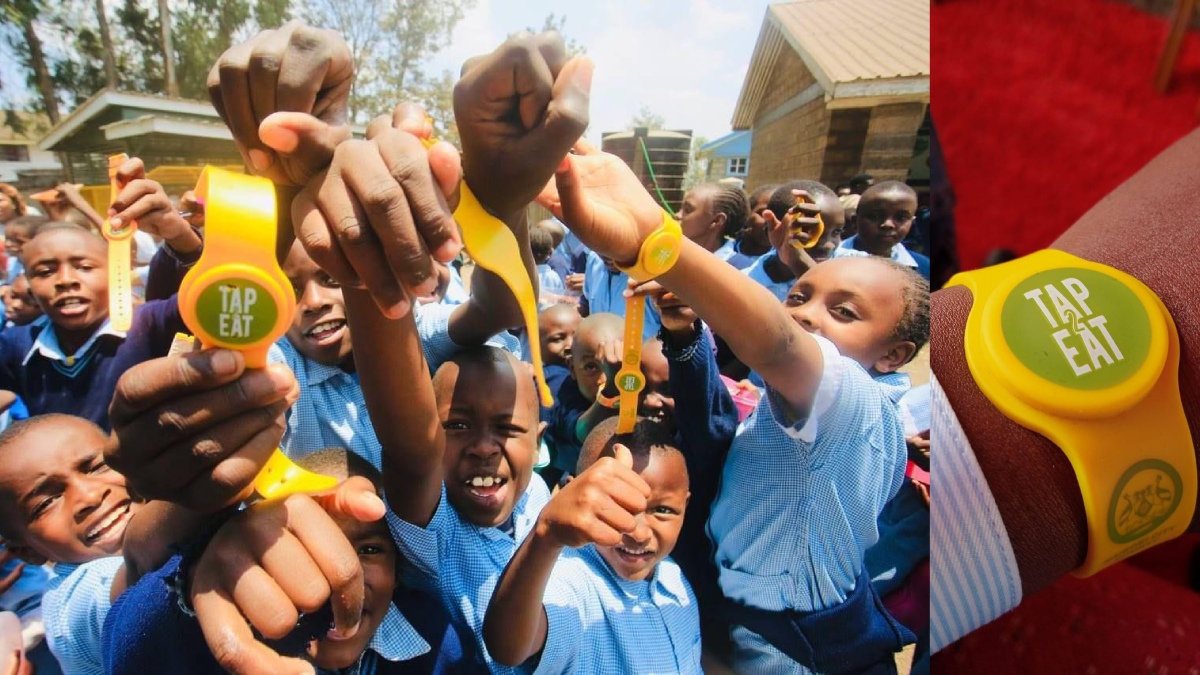Nairobi Governor Sakaja Johnson has highlighted the success of tech-integrated yellow wristbands for public school students in Nairobi.
Speaking at a roundtable with stakeholders and media in Nairobi and wearing one of the wristbands himself, the Governor announced that over 310,000 students, some as young as five, now wear these wristbands daily as part of the “Dishi na County” program.
“These wristbands are spreading rapidly among school-going children, fourteen months since the launch of ‘Dishi na County,’ the program is now active in all 17 sub-counties.”
The wristbands, embedded with digital technology, contain each child’s identification and allow the county to monitor who has paid the daily meal fee of five shillings. Parents can load funds directly onto the wristbands through mobile money services like M-Pesa, enabling students to access meals by simply tapping the wristband at school. For families unable to contribute, Sakaja reassured, “No child is ever turned away because of the lack of five shillings; we cover the cost for about 10% of the students who cannot pay.”
Beyond providing meals, the wristbands also help track students’ attendance.
“This isn’t just about food, through this technology, we can now monitor when a child was last in school. The tech was developed by our own people,” Sakaja highlighted.
The impact has been substantial, with school enrollment rising by 34% since the program’s launch, prompting the county to address an increasing demand for classrooms.
“Statistically, we need more classrooms, and we’re working with the national government to meet this need,” Sakaja stated.
So far, the “Dishi na County” program has served over 30 million meals across 230 schools. Sakaja credits the initiative’s accountability for its success, affirming, “Every shilling is accounted for. As governor, I assure you of the transparency and integrity behind this program.”
The county now boasts 17 central kitchens, one in each sub-county, and is looking to extend the program to informal schools.











